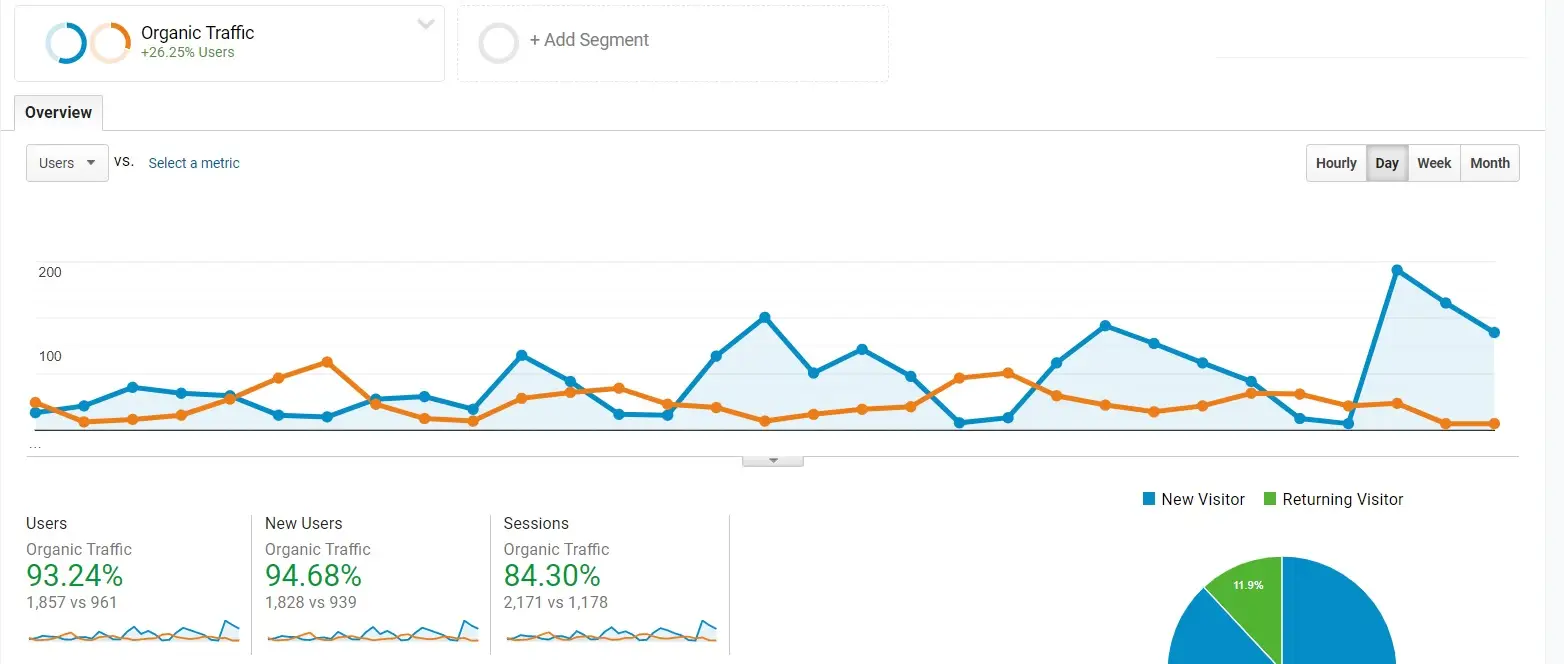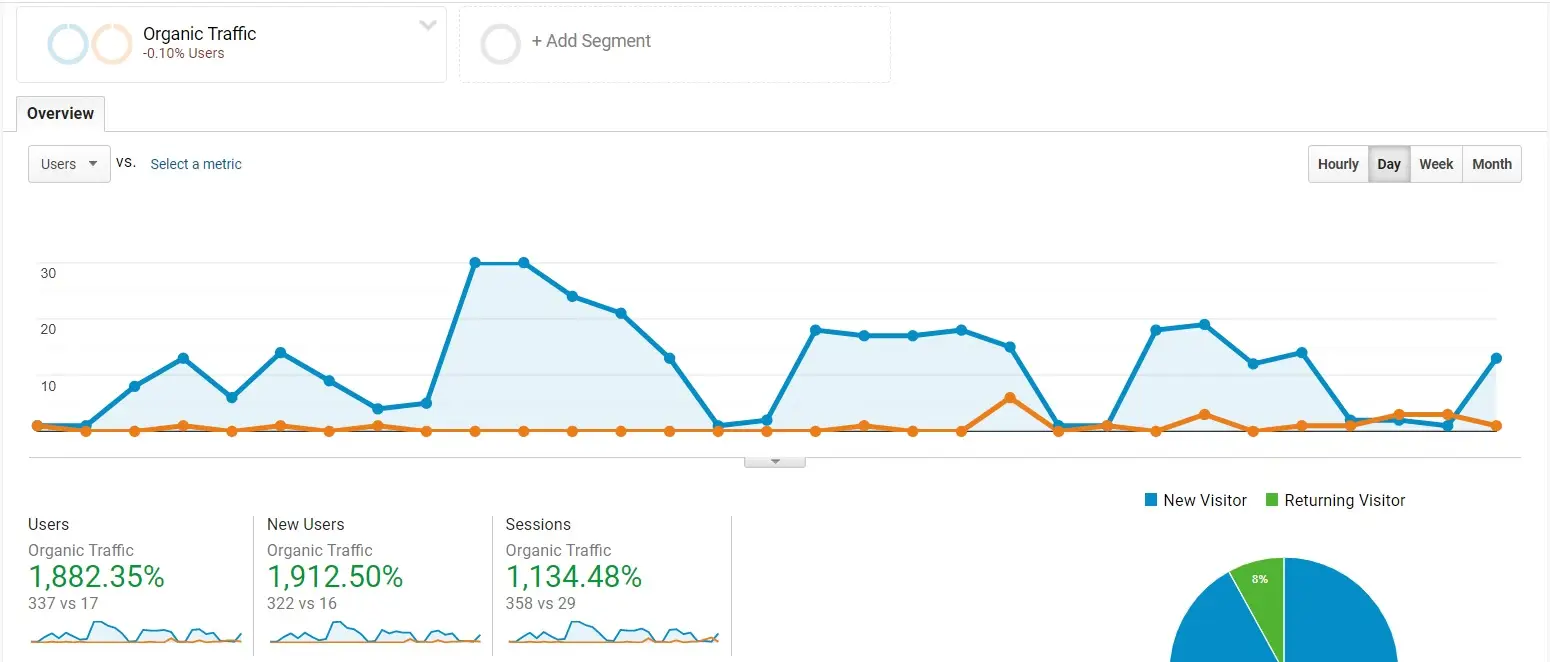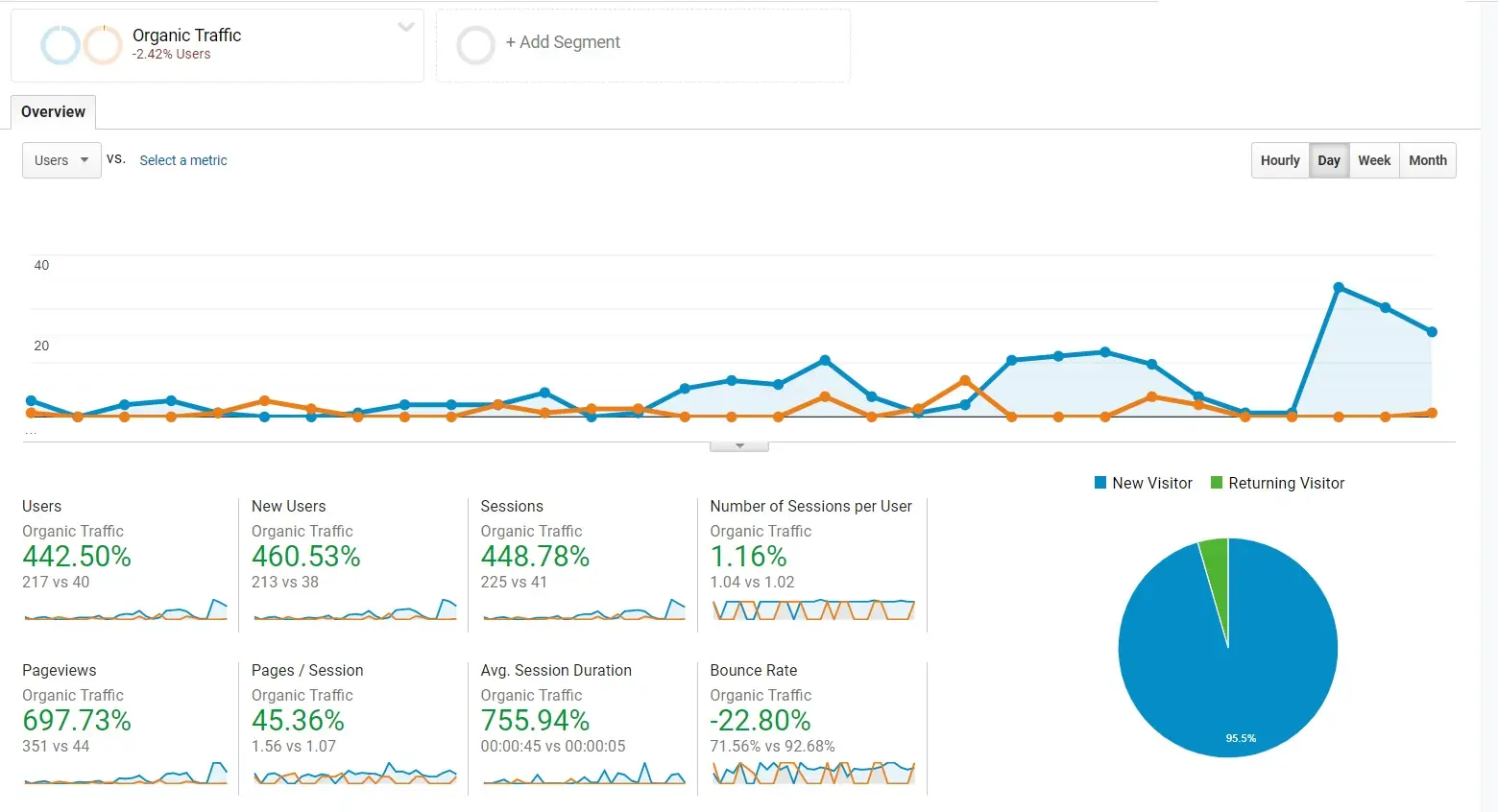Crafting Effective SEO Meta Titles and Descriptions for E-commerce Websites
In the competitive world of e-commerce, attracting potential customers begins long before they reach your website. When users conduct Google searches, the titles and URLs of the results catch their attention, but it’s the meta descriptions that provide the most compelling invitation to click through. Understanding and optimizing both meta titles and descriptions is essential for maximizing visibility and engagement in online retail search engine results.
Understanding Meta Titles and Descriptions
Meta titles and descriptions are HTML tags that succinctly summarize the content of a product page in e-commerce SEO. These elements are often auto-generated by platforms like Magento, Shopify, WooCommerce, and BigCommerce. However, by optimizing them individually, online retailers can significantly enhance visibility in search engine results. The meta title typically indicates what the page is about, while the meta description provides additional details designed to entice potential online shoppers.
The Role of Meta Descriptions
Meta descriptions, often referred to as “description tags,” are HTML attributes that summarize the content of a webpage in the context of e-commerce. They appear below the title and URL in search engine results pages (SERPs) and play a vital role in how users perceive the relevance of your online retail content. A well-crafted meta description encapsulates the essence of the page, compelling visitors with pertinent information that encourages clicks.

The Importance of Click-Through Rates (CTR)
Click-through rates (CTR) are crucial metrics in online commerce. This ratio of users who click on a link compared to those who view the search results can be significantly influenced by effective meta descriptions. A captivating meta description not only attracts more clicks but can also lead to increased sales and profits for your e-commerce store. Understanding common mistakes in writing these descriptions can further enhance effectiveness and contribute to a more robust online presence.
Common Mistakes to Avoid
Incorrect Length: Aim for meta descriptions between 120-320 characters to ensure full visibility in search results for your online retail site. Descriptions that exceed this length may get truncated, potentially losing important information.
Lack of Clarity: Descriptions should accurately reflect the webpage content to manage user expectations. Misleading descriptions can lead to high bounce rates, which negatively impacts your site’s SEO.
No Call to Action: Failing to include motivating phrases can diminish the likelihood of clicks. Including phrases like “Buy online now” or “Shop the latest collection” can significantly enhance user engagement.
Generic Templates: Using generic templates for meta descriptions can dilute your brand’s unique identity. Each page should have a tailored description that reflects its specific content and offerings.

Building an Effective Meta Description
Creating effective meta descriptions for your e-commerce pages involves strategic considerations that align with best practices in online retail:
1. Include a Call to Action
Use actionable phrases like “discover,” “explore,” “buy online,” or “shop now” to prompt user engagement in your online business. This approach not only captures attention but also encourages clicks, making it clear what action you want users to take.
2. Ensure Uniqueness
Tailor each meta description to the specific content of the e-commerce page. Avoid generic templates that could lower click-through rates. Include details like product features, benefits, or special offers to make each description distinctive and appealing.
3. Stay Within Character Limits
Aim for a maximum of 300 characters to ensure complete visibility in search results. Descriptions longer than this may be truncated, potentially omitting key information about your e-commerce offerings. Keeping your descriptions concise and informative can help maintain user interest.
4. Utilize High-Value Keywords
Incorporating relevant keywords increases the likelihood that search terms will match your description, enhancing its visibility in the e-commerce sector. Consider using long-tail phrases, synonyms, and related terms such as “buy online,” “shop online,” and “purchase now” to broaden your reach and align with user intent.
5. Highlight Unique Selling Propositions (USPs)
Clearly articulate what sets your e-commerce products apart from competitors. This could include features like competitive pricing, exclusive designs, or special promotions such as “same-day shipping” or “free returns.” Mentioning offers like “free shipping on orders over $50” can make your listing more appealing in a crowded marketplace.

Crafting Effective Meta Titles
In addition to descriptions, meta titles are also vital for online commerce. Recent guidelines suggest keeping meta titles under 55 characters to cater to mobile searches. Place the most relevant keywords at the beginning of the title for maximum impact. For example, “Buy Online: Black Cocktail Dress Size 10 – My Brand” is likely to capture attention better than “My Brand – Size 10 Black Cocktail Dress.” Including unique identifiers like color, size, or special features can also help differentiate similar e-commerce products.
Examples of Effective Meta Descriptions
To illustrate, consider a meta description for an online retail homepage: “Explore a world of online shopping with the latest fashion, electronics, and more. Buy online now for exclusive deals and fast shipping.” This description emphasizes product variety and urgency, enticing users to engage.
For a specific product page, a description might read: “Buy online and unleash power and portability with our cutting-edge laptop collection. Optimize your productivity with next-generation technology. Shop now!” This highlights performance, features, and encourages immediate action.

Practical Implementation in E-Commerce Platforms
For online retail platforms like Shopify, adding or editing meta descriptions is straightforward. Users can access the “Edit Website SEO” option in the Search Engine Listing Preview section. Here, they can enter a descriptive title (up to 70 characters) and a concise description that includes relevant keywords for optimal discoverability.
Integrating with Google Shopping
Effective meta titles and descriptions also play a critical role in generating feeds for Google Shopping. Well-crafted metadata not only boosts your SEO efforts but also enhances visibility in shopping results, aligning with broader marketing strategies. This integration can help drive more traffic to your e-commerce site, making it essential for success.
Conclusion
In conclusion, effective optimization of product meta titles and descriptions is fundamental for any e-commerce business. By adhering to character limits, using relevant keywords, and crafting unique, compelling descriptions, online retailers can significantly enhance their search engine performance and attract more customers. While meta descriptions do not directly influence search engine rankings, they serve as a vital tool in driving traffic and improving conversion rates for your online business. Investing time in crafting these elements is crucial for success in the ever-evolving e-commerce landscape, ultimately leading to increased sales and brand recognition.
By prioritizing the quality of your meta titles and descriptions, your e-commerce website can stand out in a crowded digital marketplace, fostering greater engagement and loyalty among online shoppers. As the digital landscape continues to evolve, staying ahead with compelling metadata will remain essential for any thriving online retail strategy. With a focus on action-oriented language such as “Buy online today!” or “Shop our exclusive offers now!” you can create a sense of urgency that drives conversions.


